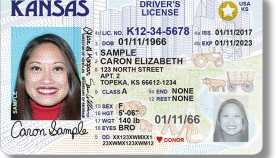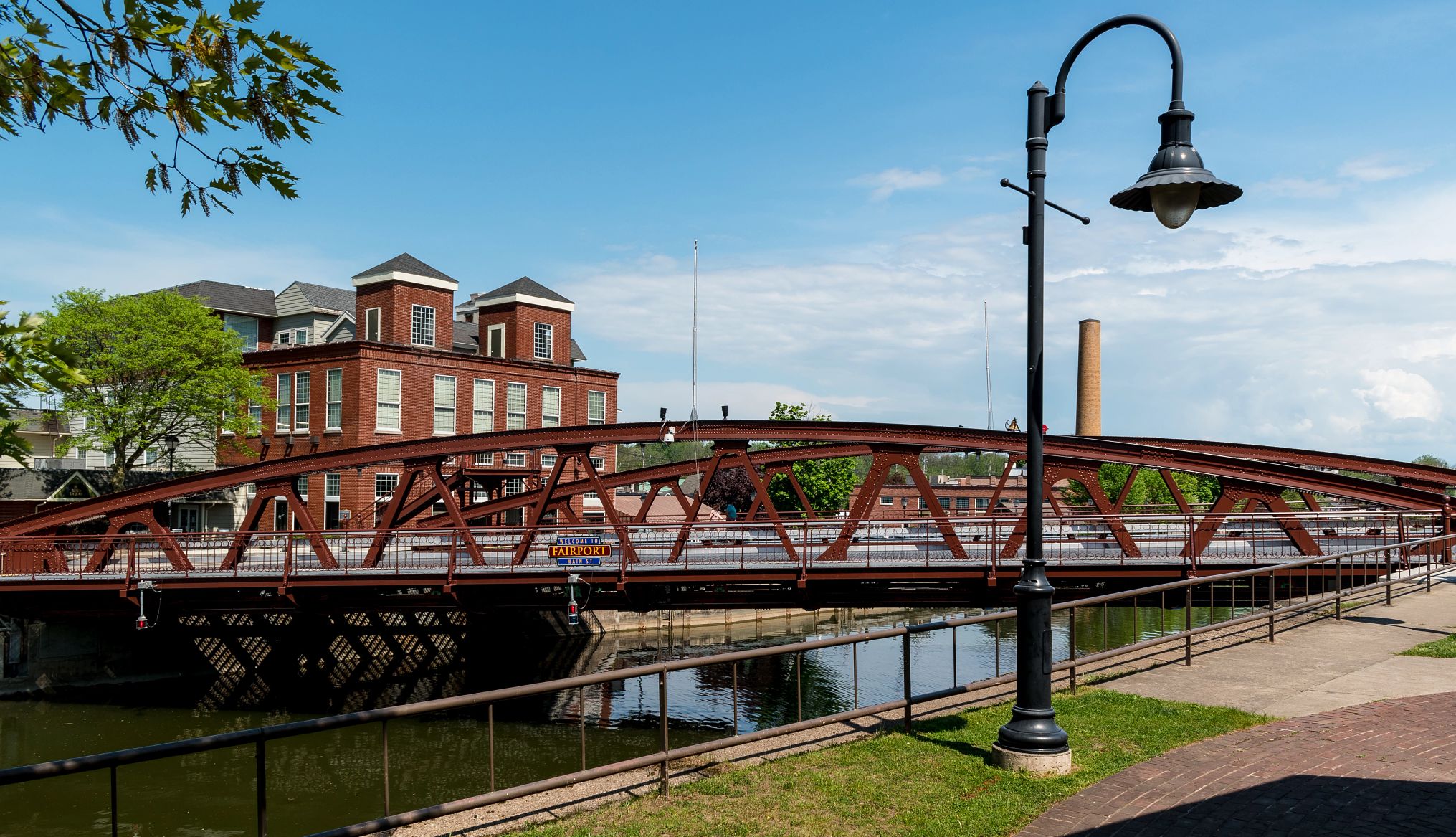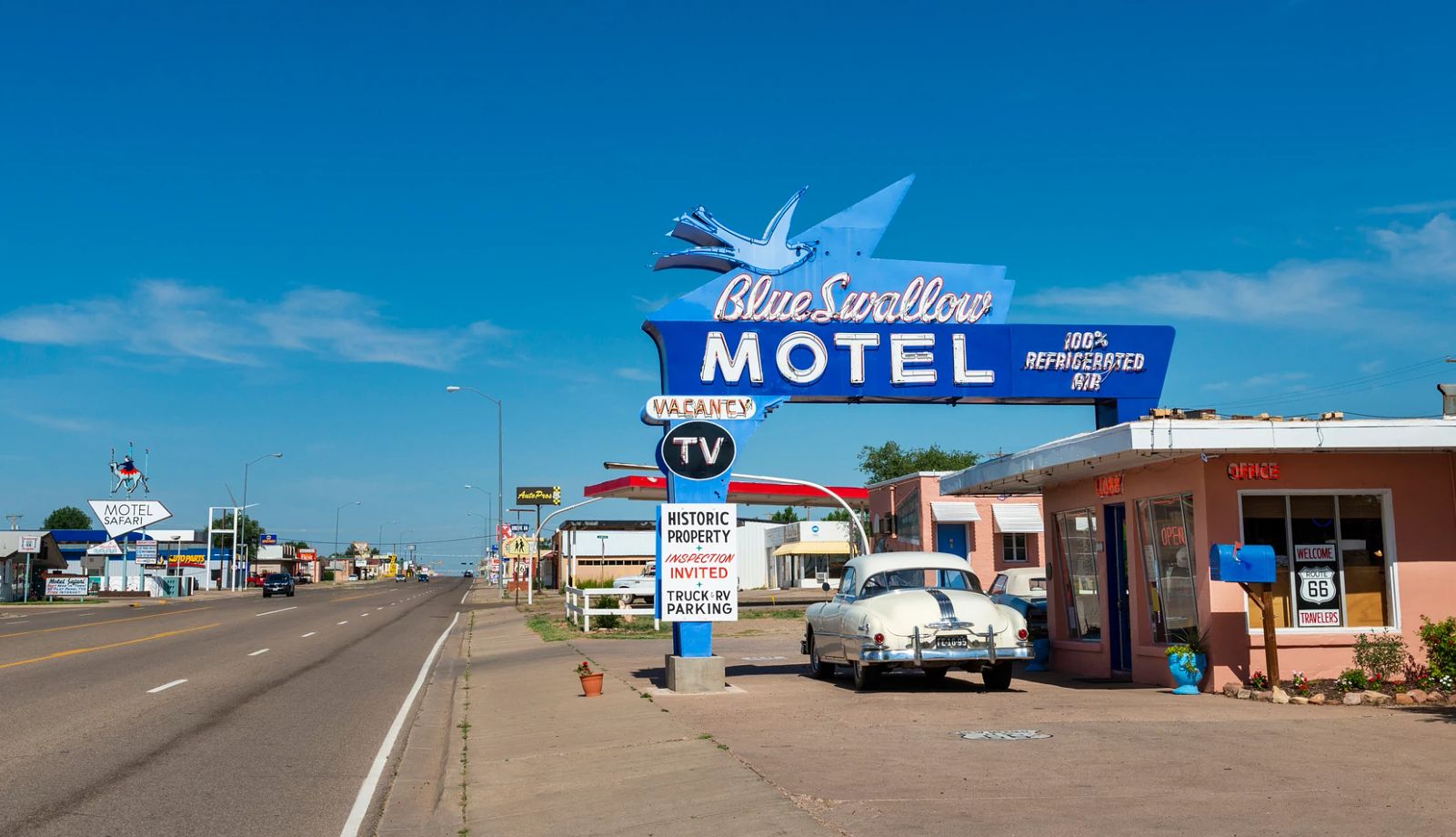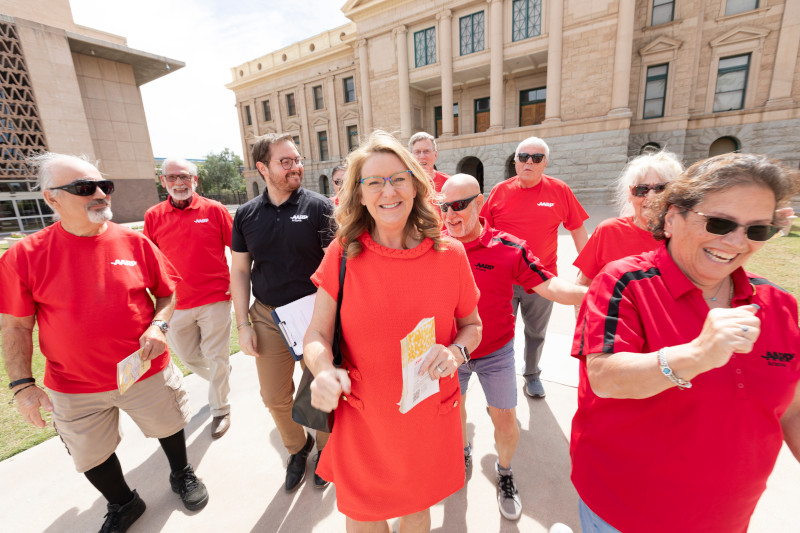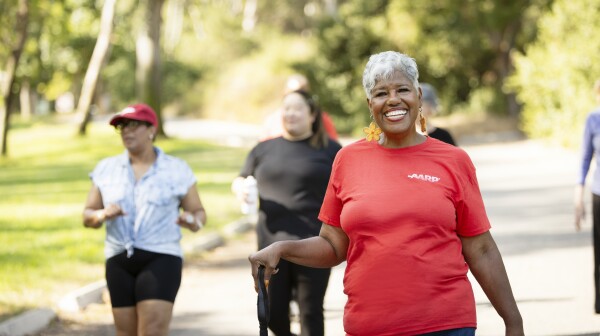AARP Eye Center
CLOSE ×
Search
Popular Searches
- right_container
- Health
- Money
- Work & Jobs
- Advocacy
- Social Security
- Medicare
- Caregiving
- Games
- Travel
- More...
- Entertainment & Style
- Family & Relationships
- Personal Tech
- Home & Living
- Auto
- Staying Sharp
- Podcasts
- Videos
AARP Florida is making a difference where you live.
This year, AARP Florida is proud to celebrate 10 organizations across the state who will receive 2025 Community Challenge grants. The funds will support efforts to improve public places, transportation, housing, digital connections, and other key areas. The grants are part of AARP’s $4.2 million commitment to fund 383 quick-action projects aimed at making communities more livable for people of all ages, with a focus on the needs of older adults.
As the 2025 hurricane season ramps up in Florida, older adults and family caregivers face a critical responsibility: ensuring safety for themselves and their loved ones.
Check out the 2025 Legislative Voting Record. This annual publication includes detailed information on key legislation affecting older adults, votes taken during committee meetings, and final actions by the full House and Senate.
Florida Power & Light (FPL) is proposing an increase that will impact many Floridians, especially seniors on fixed incomes. This proposal raises the minimum base bill for residential customers from $25 to $30—forcing them to pay more regardless of their actual energy usage.
Find free online and in-person local events designed with you in mind. Discover fun exercise classes, healthy cooking demos, helpful workshops, and more.
Encouraging people to reach out to neighbors is one way AARP Florida and other organizations are helping the state’s residents be prepared during hurricane season. Underway since June 1, the season lasts until Nov. 30 and follows a busy 2024 storm season.
One of the core tenants of AARP's Livable Communities initiative is providing everyone, regardless of ability, the opportunity to age safely and securely in their own homes. In Jacksonville, a local nonprofit — The Arc, Jacksonville — believes the same. This organization is making incredible strides in advocating for individuals with intellectual and developmental differences, and they are one of 10 winners of the 2025 Community Challenge grant program in Florida!
At the crossroads of Florida's State Route 70 and U.S. Route 17 lies Arcadia, Florida — a small, rural town and one of the winners of AARP Florida's 2025 Community Challenge Grant, a program which funds innovative projects that inspire change in areas such as public places, housing, transportation, and more.
AARP Florida volunteer Alicia Ramirez is a passionate fraud fighter after experiencing credit card fraud firsthand.
10 communities across Florida are getting a boost in their work to become more livable for residents of all ages.
Search AARP Florida
Connecting you to what matters most, like neighbors do. Find events, volunteer opportunities and more near you.
Sign Up & Stay Connected
Sections
About AARP Florida
Contact information and more from your state office. Learn what we are doing to champion social change and help you live your best life.




































